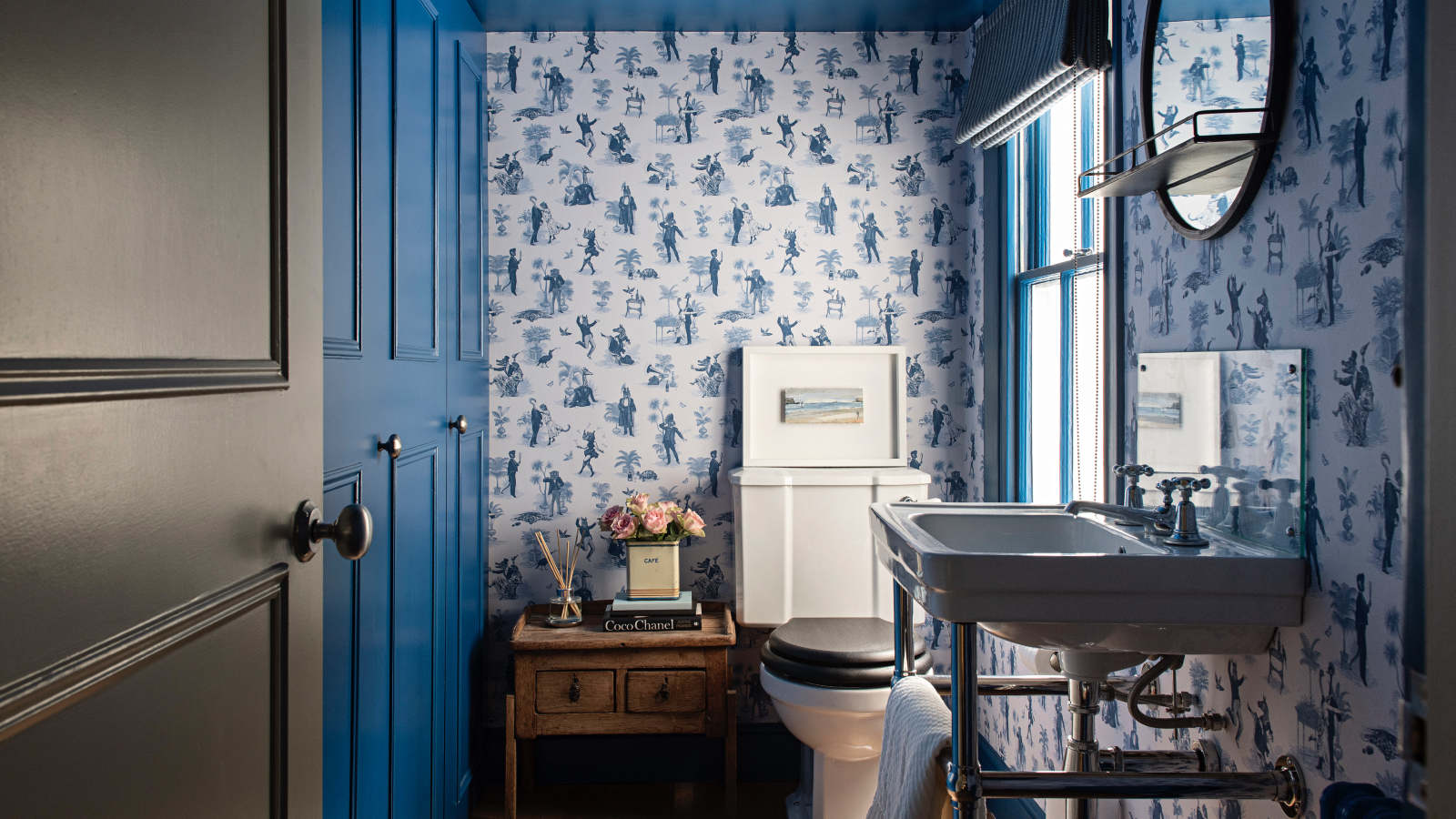
If there's one thing you really don't want to find in your home, it's black mold. It's not only unsightly, but it can lead to health issues.
This fungus can trigger or worsen health problems such as allergies, asthma and a multitude of respiratory issues, so treating it as soon as possible is crucial. But, can you do so yourself?
Here, we spoke to cleaning, HVAC and mold surveyors to find out how to deal with this common type of household mold, using simple DIY methods, and how to know it's time to call in the professionals instead.
How to get rid of black mold in your home
As well as natural solutions, such as cleaning with white vinegar and cleaning with lemon juice, you will find a huge range of commercial mold-busting sprays available to buy, such as number one bestselling 30 SECONDS Pro Mold and Mildew Stain Remover available at Amazon, that promise to get rid of mold quickly. But, be advised, getting rid of black mold is only the first step to ensuring your home is mold-free for good.
Robert Vaughn, managing director of Damp Detectives explains, 'Mold is caused by damp, whether on a surface or a damp environment. You can clean it off as many times as you like, but new mold will continue to form whilst the damp problem exists.
'Therefore, the best way to combat mold and damp is to locate the source and remedy it.'
Should you get rid of the black mold yourself?
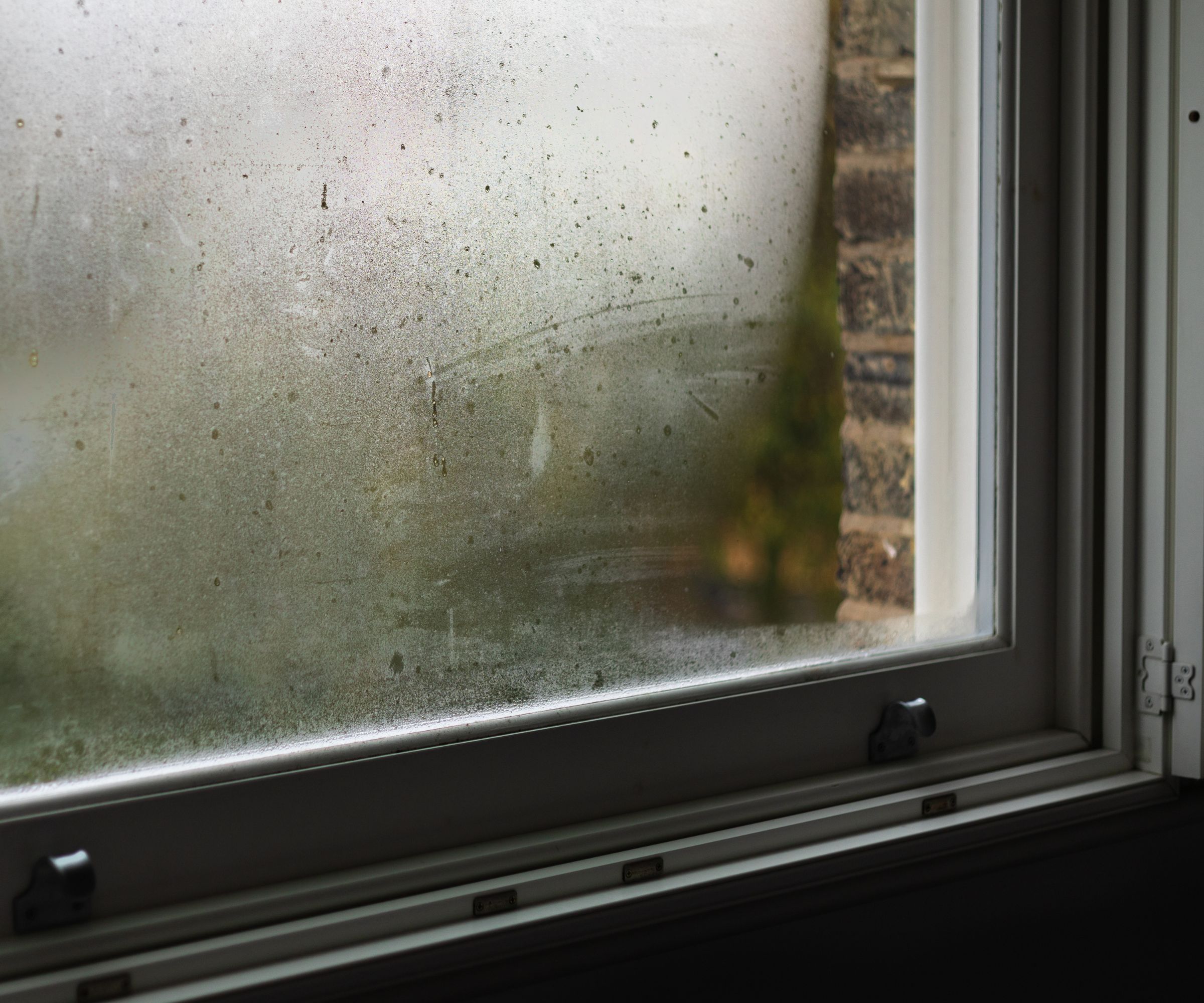
First things first, you will need to determine whether the black mold affecting your home can be dealt with yourself. In general, the size and scale of your problem will be the best indication, and advice on tackling mold from the United States Environmental Protection Agency is to only consider doing the job yourself if the area affected is less than 10 square feet.
Therefore, you may want to hire a professional mold removal service if black mold covers a more extensive area. Allen Chenault, owner of AC's Heating & Air LLC advises, 'In my opinion, calling in professionals is warranted when mold covers a large area, or if you have health concerns.'
Cleaning mold can send spores into the air so if you suffer severe allergies, have breathing difficulties, or the area impacted is large, consider calling in a pro.
Evie Graham, professional cleaner and founder of Waste Direct says, 'To choose a reputable mold removal company, look for certifications, experience, and customer reviews. Ensure they follow industry standards for mold remediation. A good company should offer at least three different types of air quality tests after treatment.'
Similarly, you should always call a professional if you notice any signs of mold in your plumbing, dangerous bathroom mold, or suspect your home's heating, ventilation, or air-conditioning system is contaminated with mold spores. Pros will then deal with the issue on a commercial level.
Bethany Uribe, AHERA-certified building inspector at ASAP Restoration explains, 'Our favored method for removing black mold at ASAP Restoration is to extract the affected material, usually drywall, and to then sand down any affected wood sources to remove existing spores. After the wood is sanded and the wet drywall removed, our technicians apply an antimicrobial agent to the surfaces that have been contaminated.'
This antimicrobial agent sits for 24 hours to kill any mold spores that might be embedded in the materials. 'On some occasions and in some locations, heat treating the entire area to elevate the ambient temperature above the level that mold can survive may be necessary,' continues Uribe. 'After the mold has been killed, and the area has been completely dried out, then and only then can the reconstruction begin.'
If you want to deal with the problem yourself, or don't feel it's necessary to call in the pros yet, these are some methods you can try instead:
What you will need
- Dish soap
- White vinegar: such as Great Value Distilled White Vinegar available at Walmart.
- Baking soda: such as Nutricost Baking Soda available at Amazon.
- An old toothbrush
- A cleaning sponge
- Rubber gloves to protect your skin from mold spores
- Old protective cloths, or overalls: such as the Hazmat Suit Disposable Coverall available at Amazon. You may also want to consider eyewear, particularly if you yourself are allergic to mold, such as the Hyper Tough Clear Safety Glasses with Z87.1 Poly-Carbonate Lens available at Walmart.
- Hydrogen peroxide
1. Clean with soap
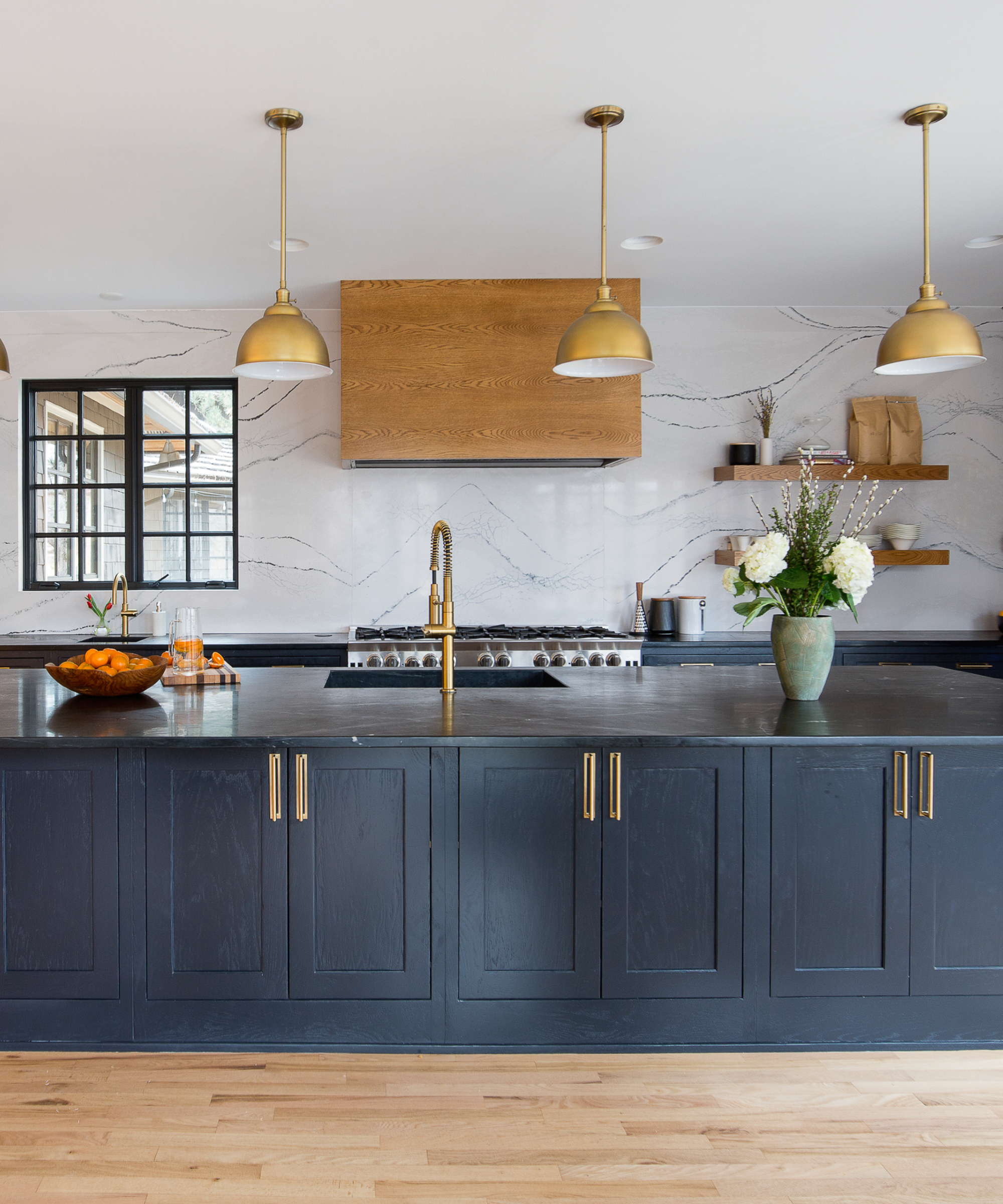
Most experts agree that the first DIY step in dealing with a black mold problem is a simple wash and scrub with dish soap.
Damp expert Vaughn advises, 'If you have surface black mold on walls or on surfaces in your kitchen ideas or bathroom ideas, you can clean it off with a soap and water solution. However, this will not get rid of black mold entirely as you are not remedying the source of the mold,' but it's certainly a good place to start.
We recommend mixing a few drops of concentrated dish soap with warm water for this, and applying it with a sponge, such as the Cleaning and Washing Sponge available at Amazon, before letting it dry. Then, you can follow up with a store-bought mold spray to effectively kill spores and stop them returning for good.
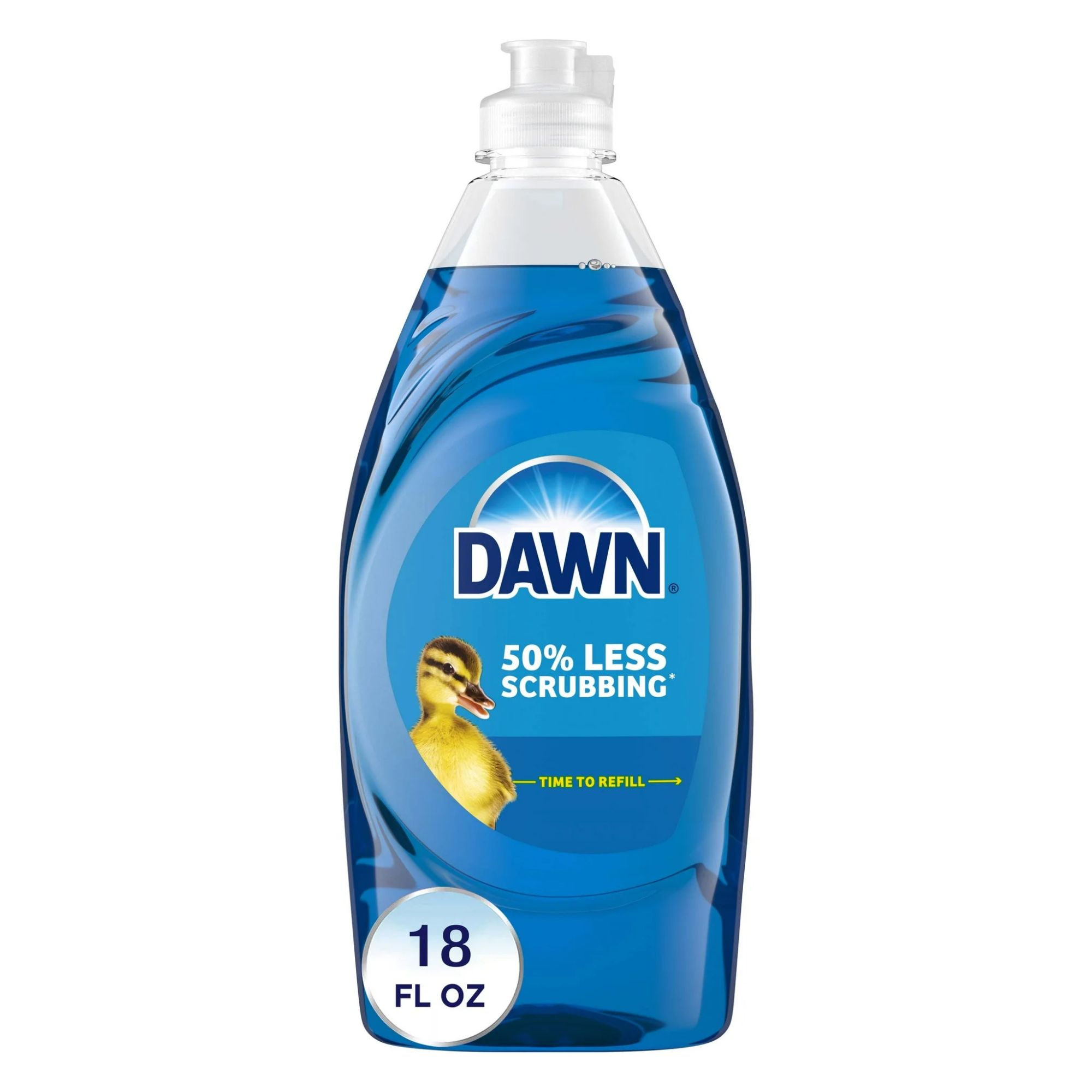
This concentrated dish soap can also be used to pre-treat laundry stains, and remove grease and grime from all around the home.
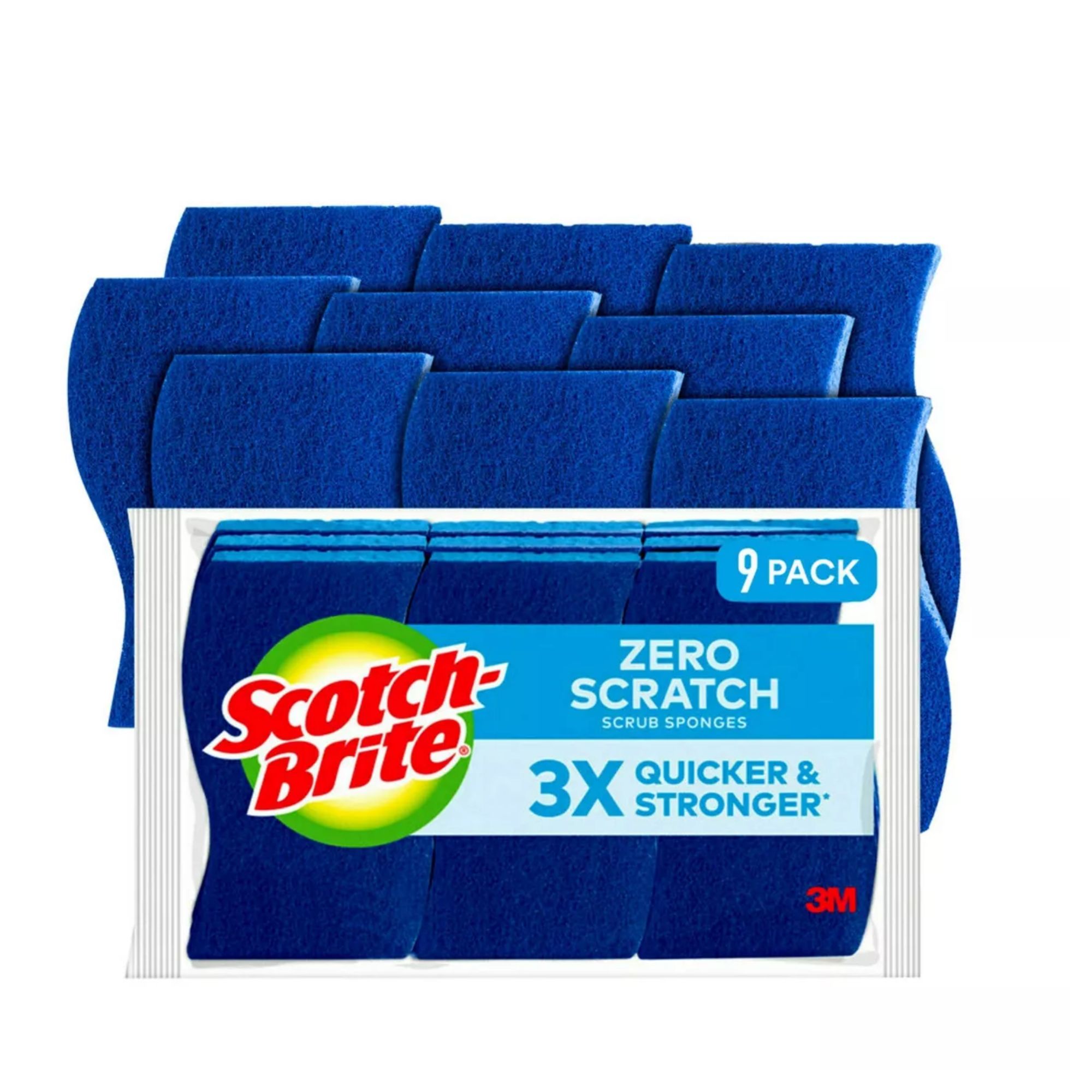
These sponges are tough enough to clean away mold, but won't scratch or damage surfaces and can be cleaned in the top rack of your dishwasher. Alternatively, microwave a damp sponge for a minute to kill spores. It will be hot.
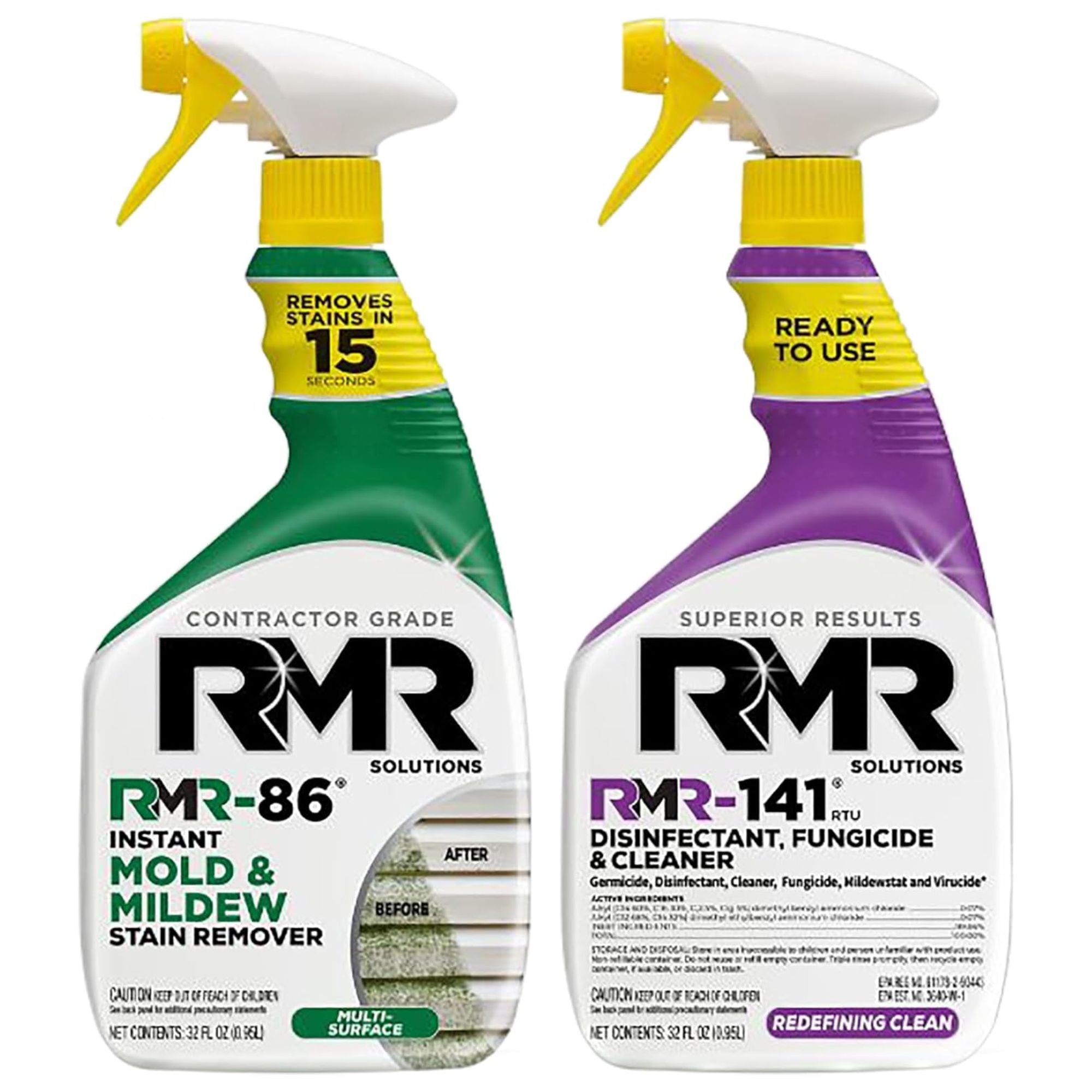
This prevention kit and cleaner kills mold and mildew instantly, and removes stubborn stains in seconds with ready-made formulas. PPE is recommended for use.
2. Use white vinegar
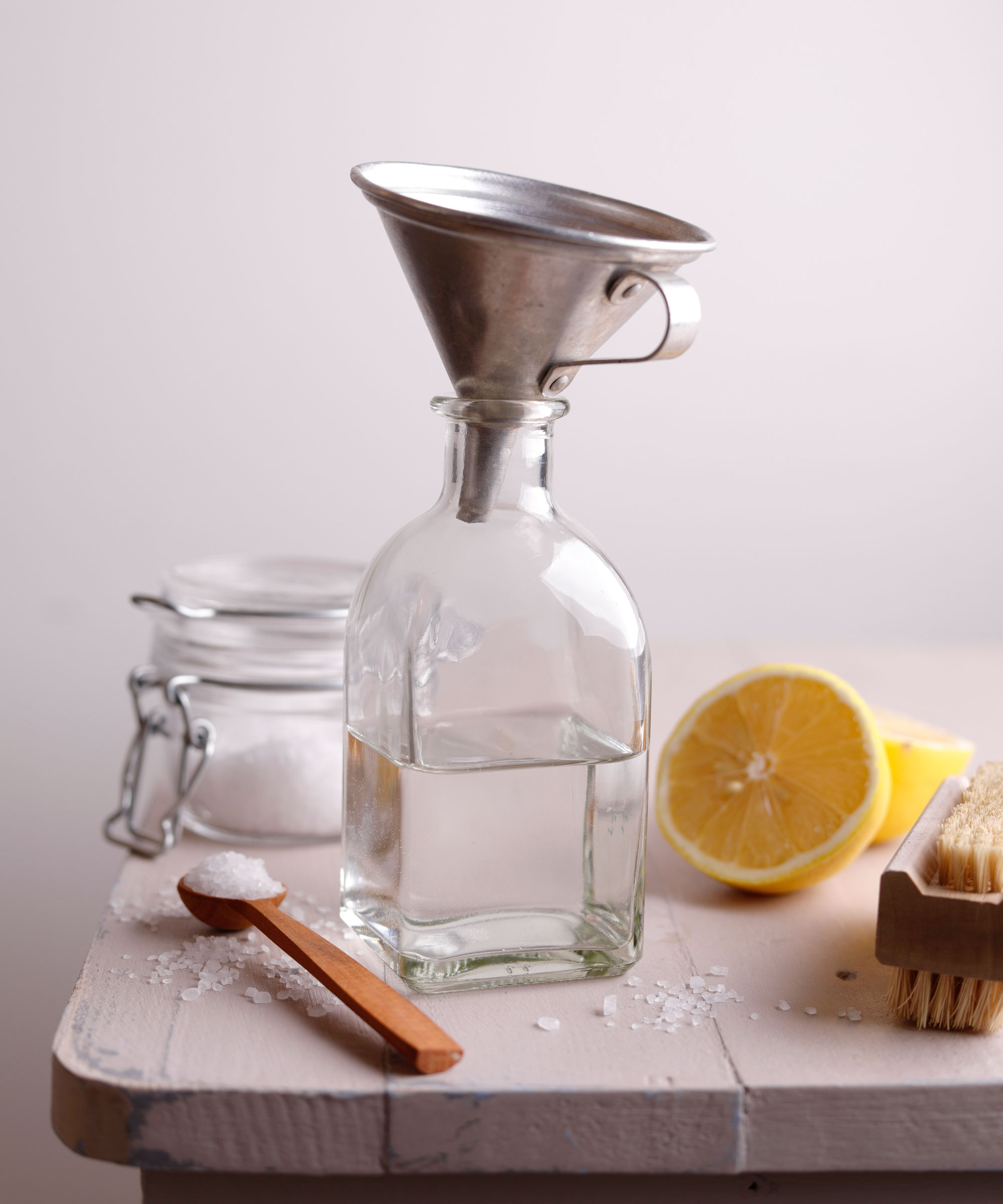
Wondering whether you can use vinegar to kill mold? Well, Sara San Angelo, known professionally as The Cleaning Lady, recommends using white vinegar for areas of mold found on porous surfaces.
'If mold has extended below the surface, white vinegar is the best choice,' she says. 'The vinegar will penetrate to kill the mold and mildew at the root, preventing it from regrowing.’
For best results, using a spray bottle such as the Equate 8 oz Plastic Spraybottle available at Walmart, mix vinegar with water in a 1:1 ratio before spraying it directly onto mold. Then, let it sit for at least an hour before scrubbing the area with a tough-bristled brush, rinse with water, and leave to dry. Dispose of the brush in a sturdy trash bag, such as the Hefty Strong Large Trash Bags available at Amazon, to stop spores from spreading.
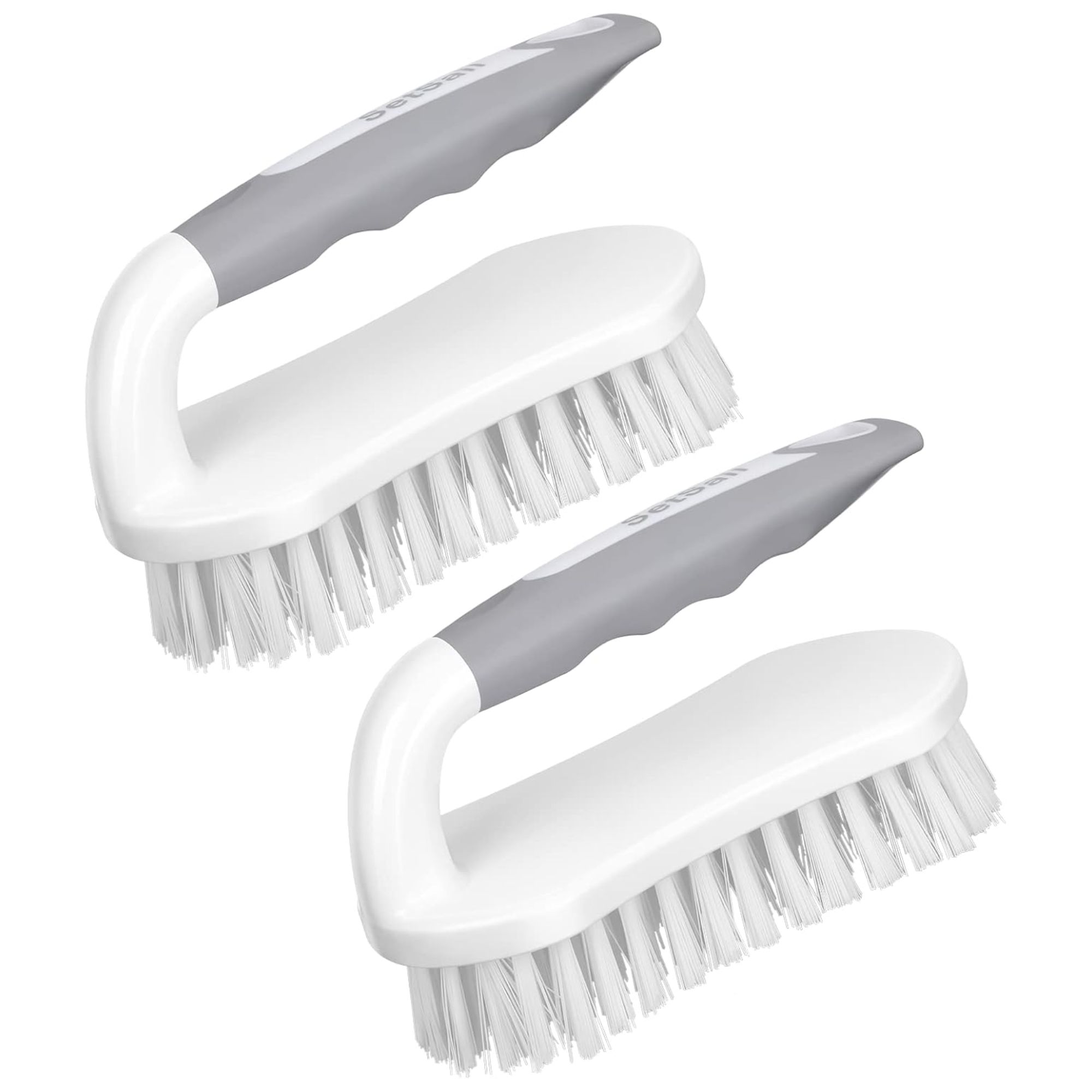
With an ergonomic, non-slip handle, these scrubbing brushes have stiff bristles to remove mold from cracks and crevices without damaging surfaces.
3. Try baking soda
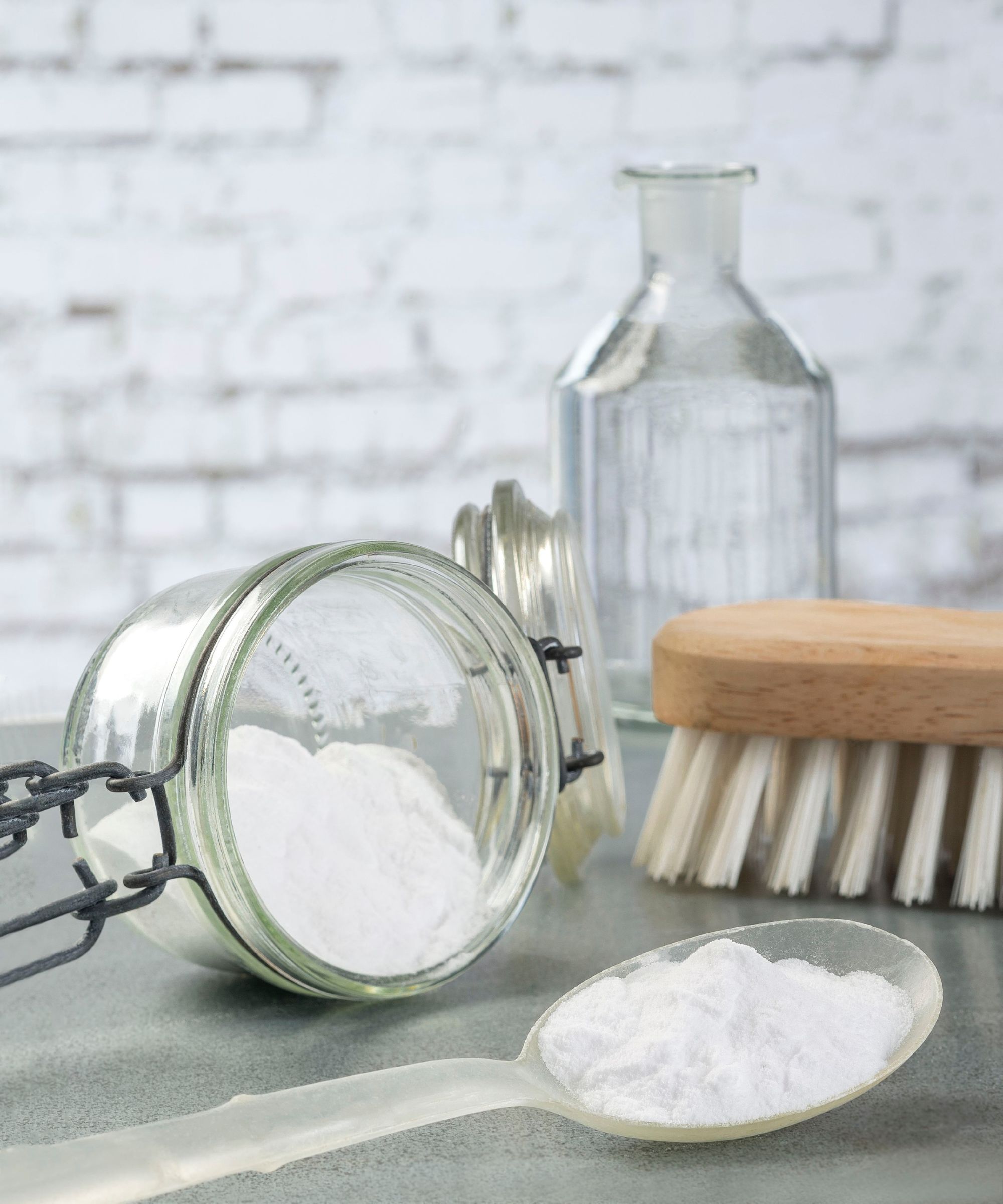
Homemade kitchen cleaners made with pantry staples can also be a quick and effective fix for tackling mold.
As Hayley Gilbert, contributing editor at Homes & Gardens says, 'Cleaning with baking soda has proven successful if you want to get rid of black mold from grout between tiles.
'An easy way to clean grout affected by mold, for example, is to mix one part hydrogen peroxide, such as the Amazon Basics Hydrogen Peroxide Topical Solution, with two parts baking soda. Apply the paste to the grout using an old toothbrush, then let it work its magic for 20 minutes before rinsing away with cold water.' While this is perfectly safe to use, importantly never store this mixture in a closed container, instead mixing them for use each time.
You might also want to try mixing a teaspoon of tea tree oil with one cup of water, or mixing it with baking soda. Spray the solution onto the mold, leave for at least one hour, then wipe away with a cloth or sponge.
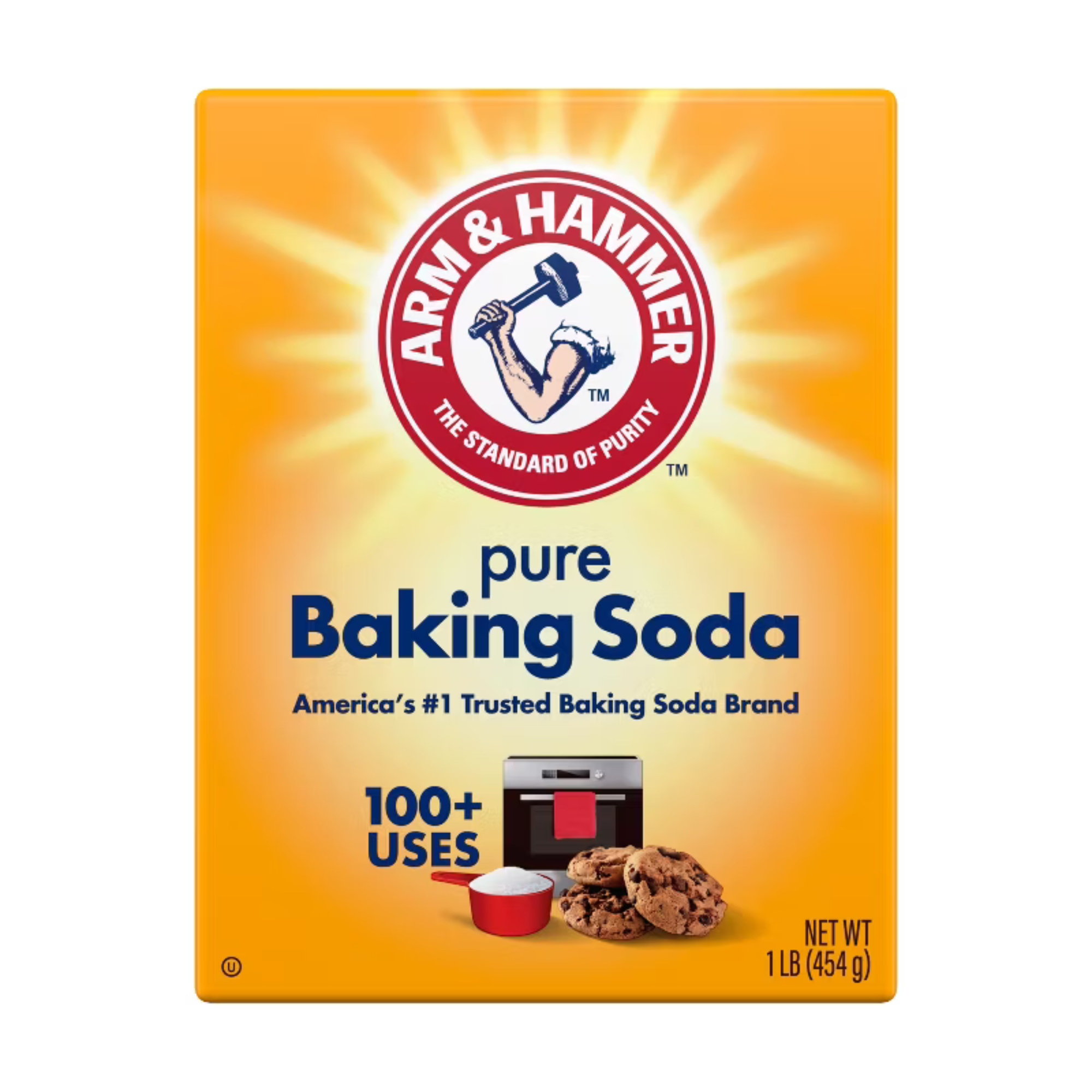
From cooking and baking to cleaning and deodorizing, this baking soda can be used all around the home.
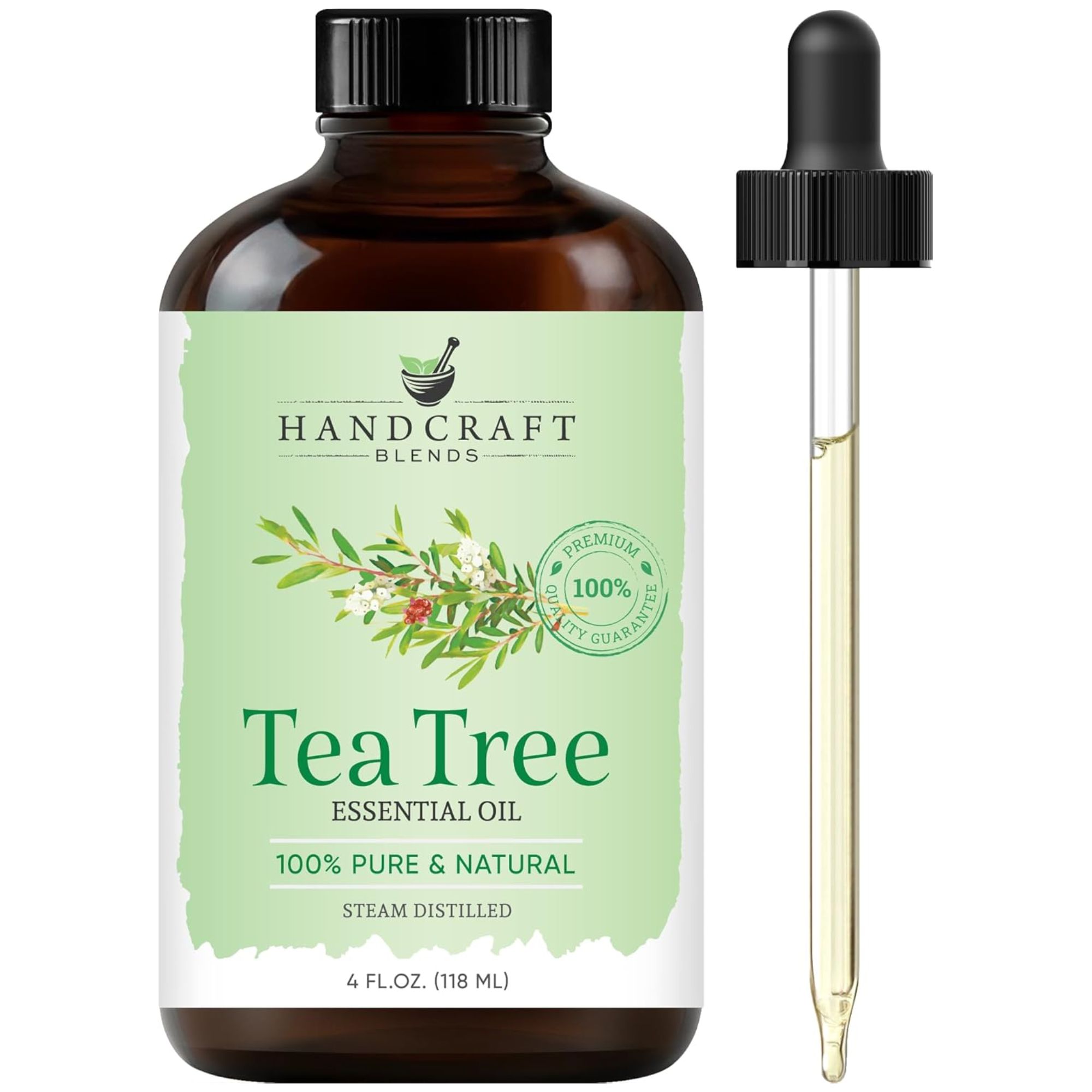
100% pure and natural, this tea tree essential oil is undiluted without fillers or additives.
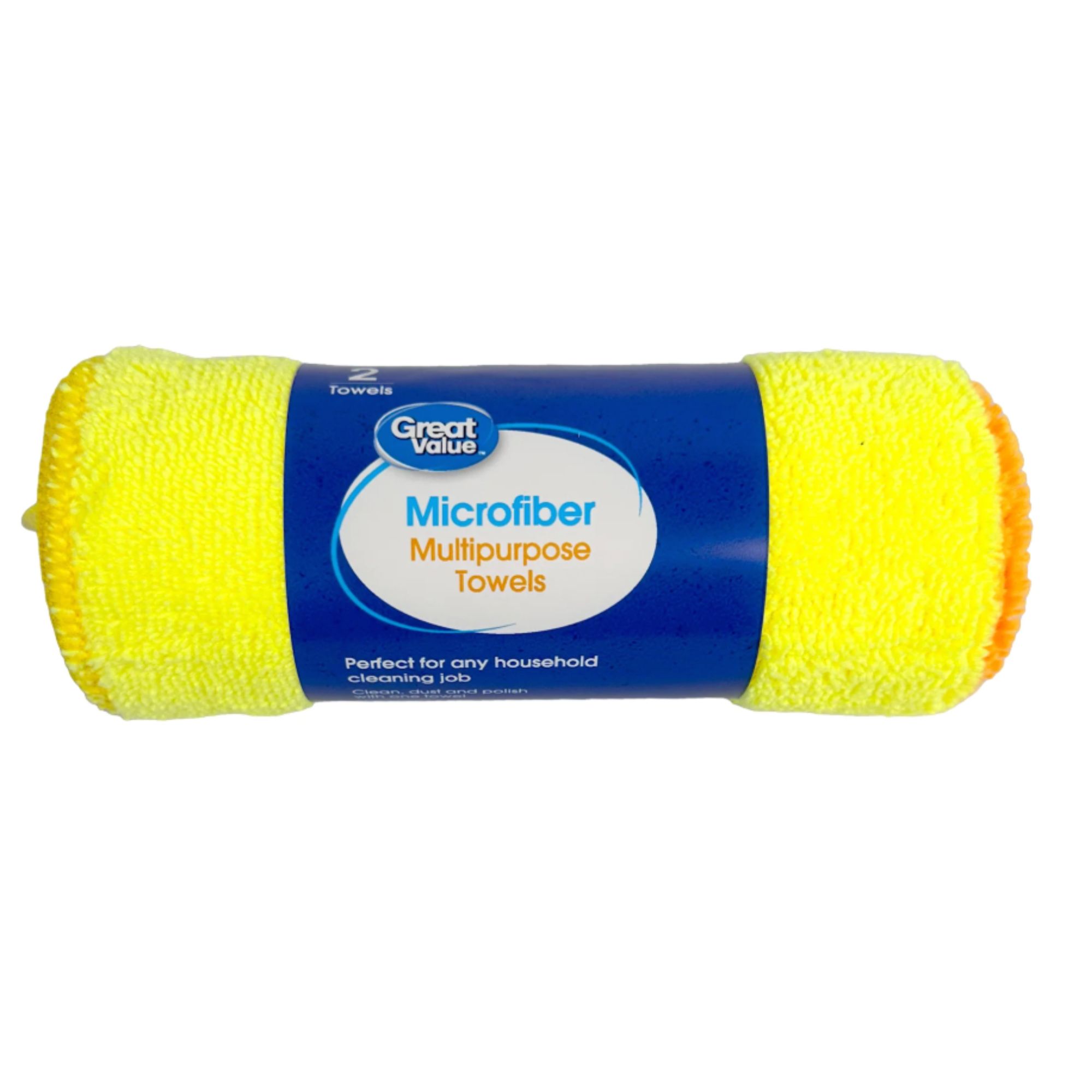
These microfiber cloths are ideal for cleaning mold as they can be washed after use in the washing machine and easily dried in your best clothes dryer.
4. Wash black mold off in the washing machine
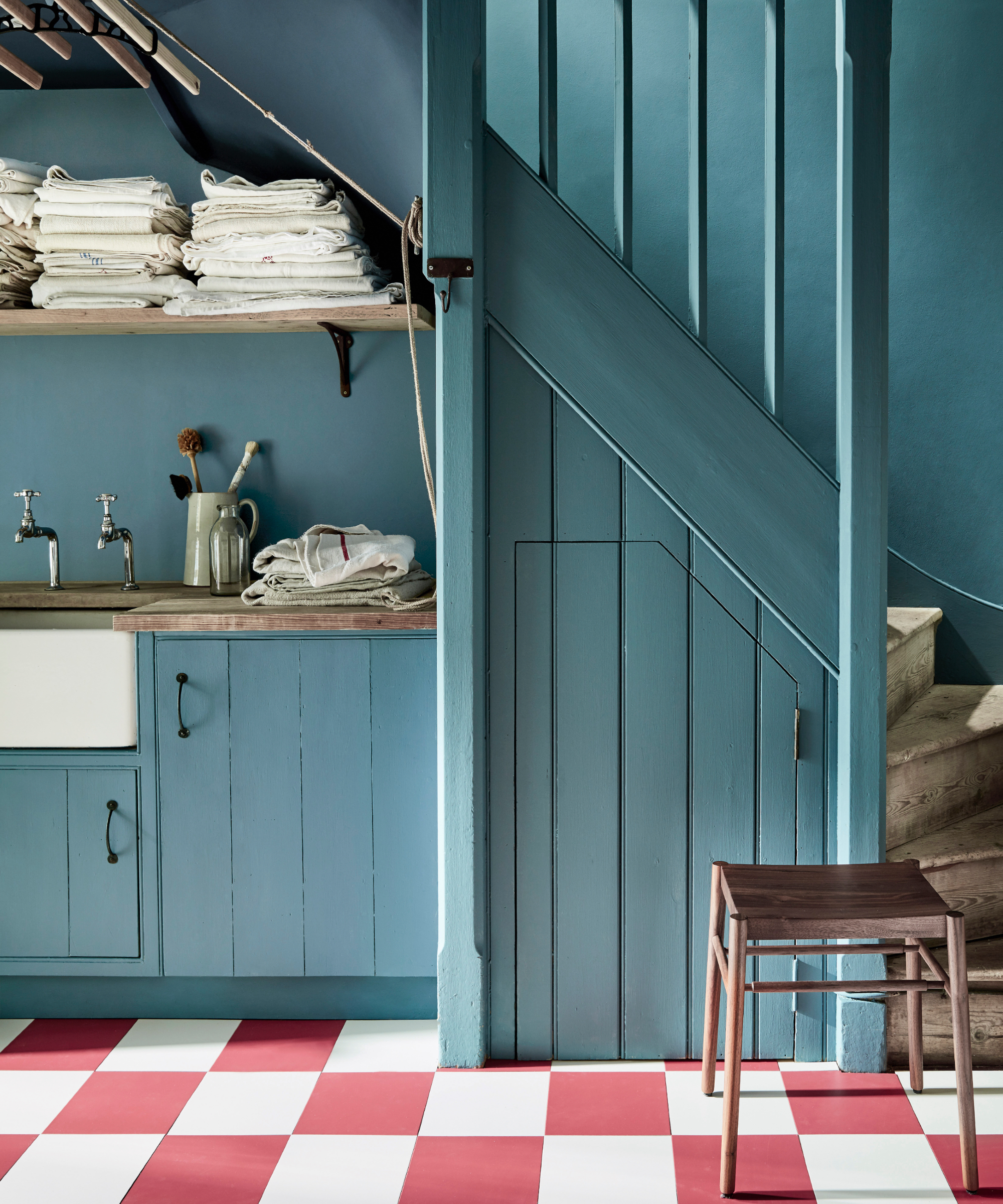
Finally, just like washing mold out of clothes, if you want to know how to get rid of shower curtain mold and mildew, the easiest way to do so is on a hot wash in your best washing machine.
Even plastic shower curtains are machine washable, though always check the laundry symbols on the care label before you start to ensure it can take a high temperature. You can use either detergent, such as Tide PODS Laundry Detergent Packs available at Walmart, or baking soda in laundry, and either method will benefit from a pre-soak in white vinegar first.
By adding one or two bath towels to the load, you will increase the chance of removing the black mold since their textured fabric will scrub dirt from the curtain, and prevent wrinkling and tearing by acting as a buffer. Alternatively use washer balls, available from Amazon, for added surface scrubbing.
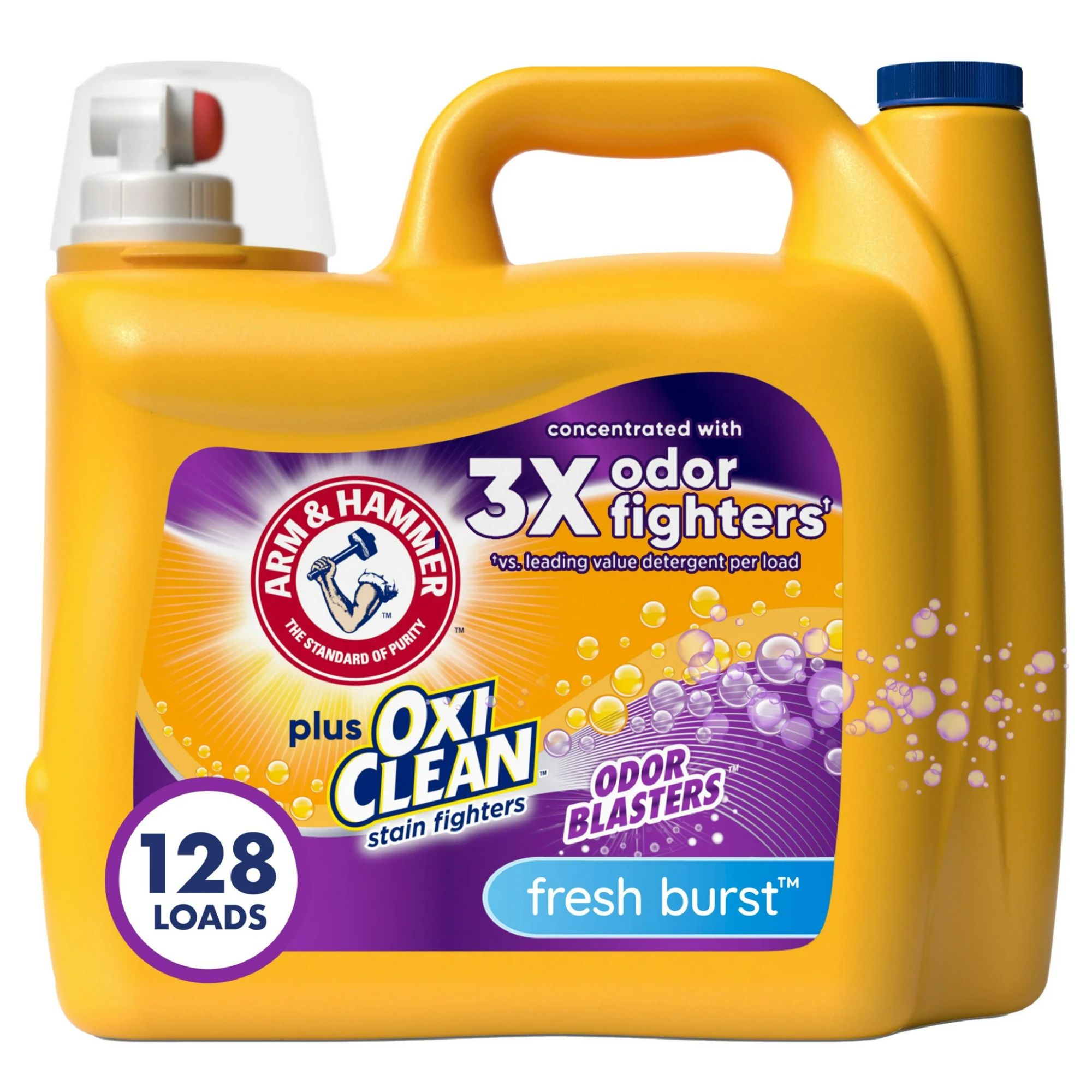
This large bottle of liquid laundry detergent is enough for 128 loads of great-smelling laundry, formulated to deeply clean with a lasting scent.
What causes black mold in a home?
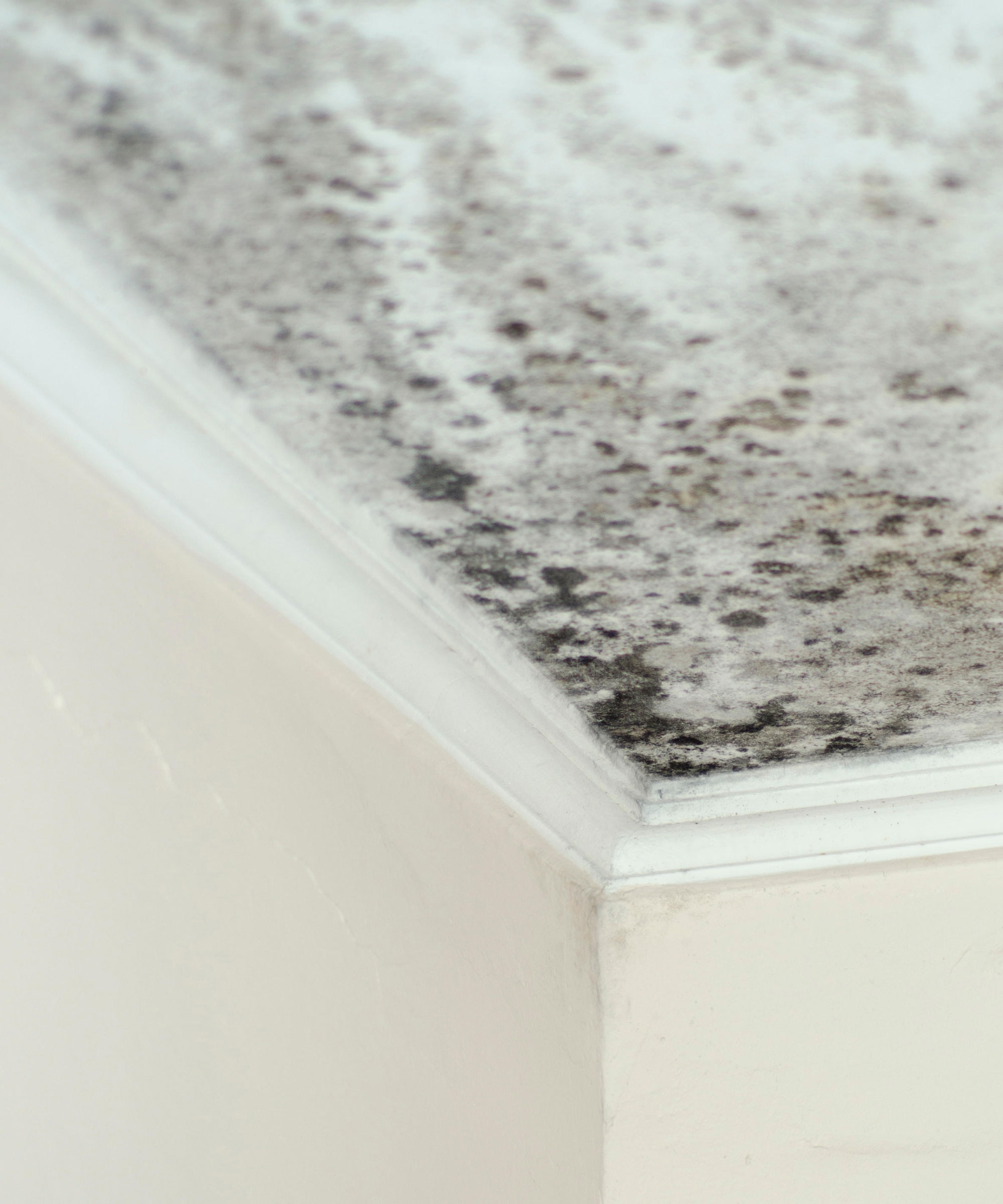
According to experts, the following are some common sources of water intrusion, which is always the source of black mold growth:
- Leaky pipes or plumbing.
- Burst water pipes or floods.
- Sewage backups or water heater issues.
- AC drip pan backups or condensation from HVAC systems.
- Roof or window leaks during rain. Learn about the leaky hot spots to watch out for.
- High humidity. Learn how to reduce humidity in your home. A hygrometer, available at Walmart, which measures indoor humidity might come in handy.
How to stop black mold coming back

Black mold is caused by damp and moisture entering or becoming trapped in your home, so repairing leaks with caulk, such as the GE Advanced Silicone Caulk for Kitchen & Bathroom available at Amazon, and also managing ventilation of your home, to get rid of condensation inside windows, for example, is key to preventing black mold growth and return.
One way to control dampness is to protect external wood, brick, or stonework from the rain, says Gordon Grainger, Director at Kingfisher Building Products. 'Driving rain can soak through masonry over 2 feet think in as little as 24 hours,' he explains.
Another effective way to kill mold is to dry out the area it is attempting to grow, recommends AHERA-certified building inspector Uribe. 'Typically, this happens in bathrooms, under kitchen sinks, or laundry rooms with poor drainage,' she says. 'Keeping these areas heated will help to reduce the chances of mold growth simply because mold has an ideal temperature and moisture range in which to live and thrive.
'If a surface is too warm or too cold, the mold spores will die on contact. If the surface is too dry, the mold spores will never have a chance to take root. Any surface with a moisture reading below 15 percent (checked with a hygrometer such as the ThermoPro TP50 Digital Hygrometer available at Amazon) will not support mold spore proliferation, so to keep mold at bay, keep the area dry and outside of the temperature mold growth zone.'
One of the most effective ways to dry out areas is by using one of the best dehumidifiers, provided you know where to place it. Waste expert Graham explains, 'In my professional opinion, most people don't really realize that for dehumidifiers, placement is absolutely crucial. Through our waste processing work, I've found that most people put them in completely the wrong spots,' and neglect to consider the best place to put a dehumidifier.
'Don't just place them in damp corners,' she continues. 'You need to create what we call 'moisture channels' – strategic pathways that guide humid air away from problem areas. I always tell clients to place dehumidifiers opposite to air vents, creating a cross-current that actually moves moisture out instead of just collecting it.'
And, to actually find the source of the problem, Graham describes heat mapping walls as 'the biggest game-changer.'
She advises, 'Before spending thousands on mold treatment, get a basic infrared camera (you can rent them) and scan your walls at different times of day. I've found that mold problems often start in places you'd never suspect, like behind seemingly dry walls where cold pipes create condensation points.'
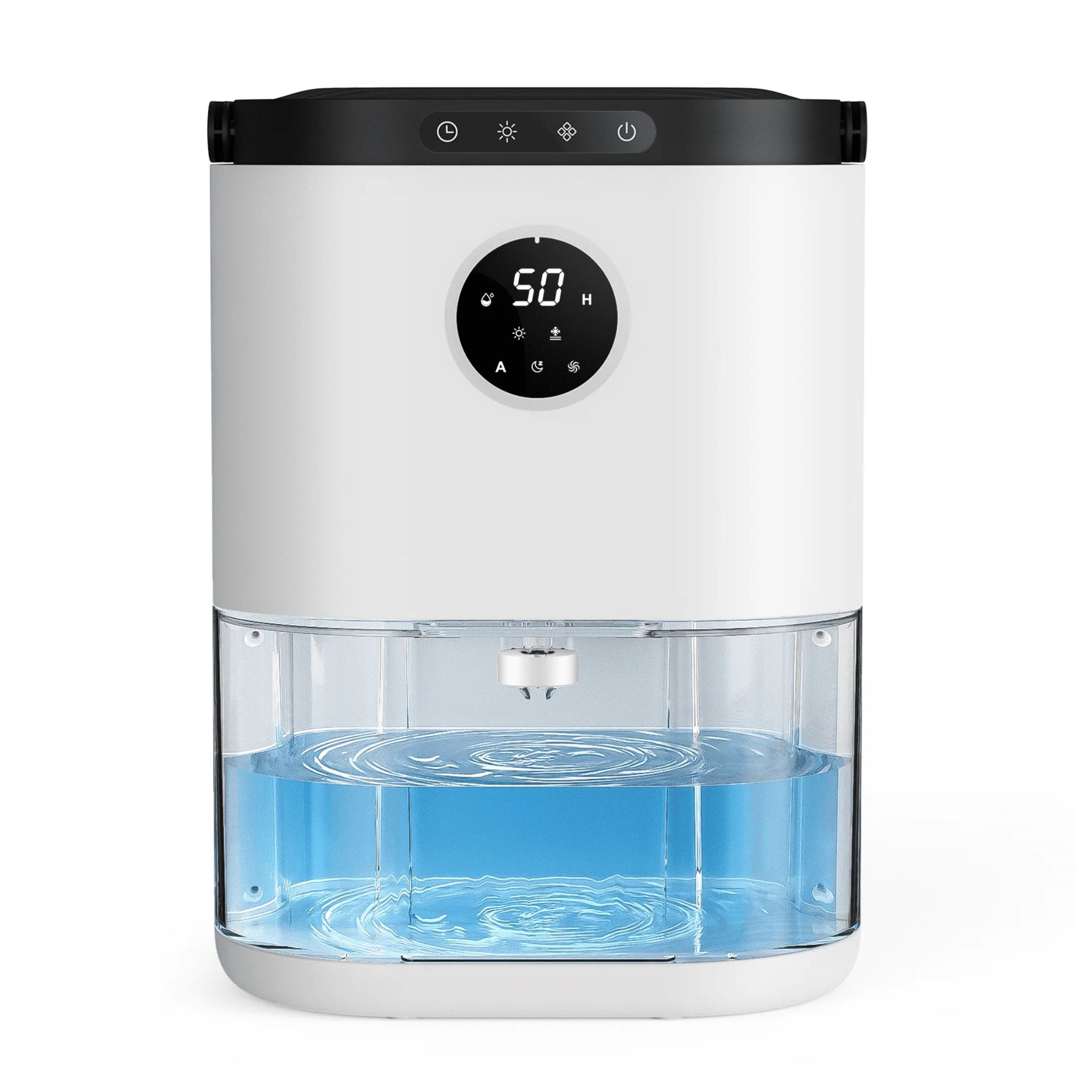
This dehumidifier extracts up to 27 oz, or 800ml of water per day with a large 77.5 oz capacity tank and auto shut-off function.
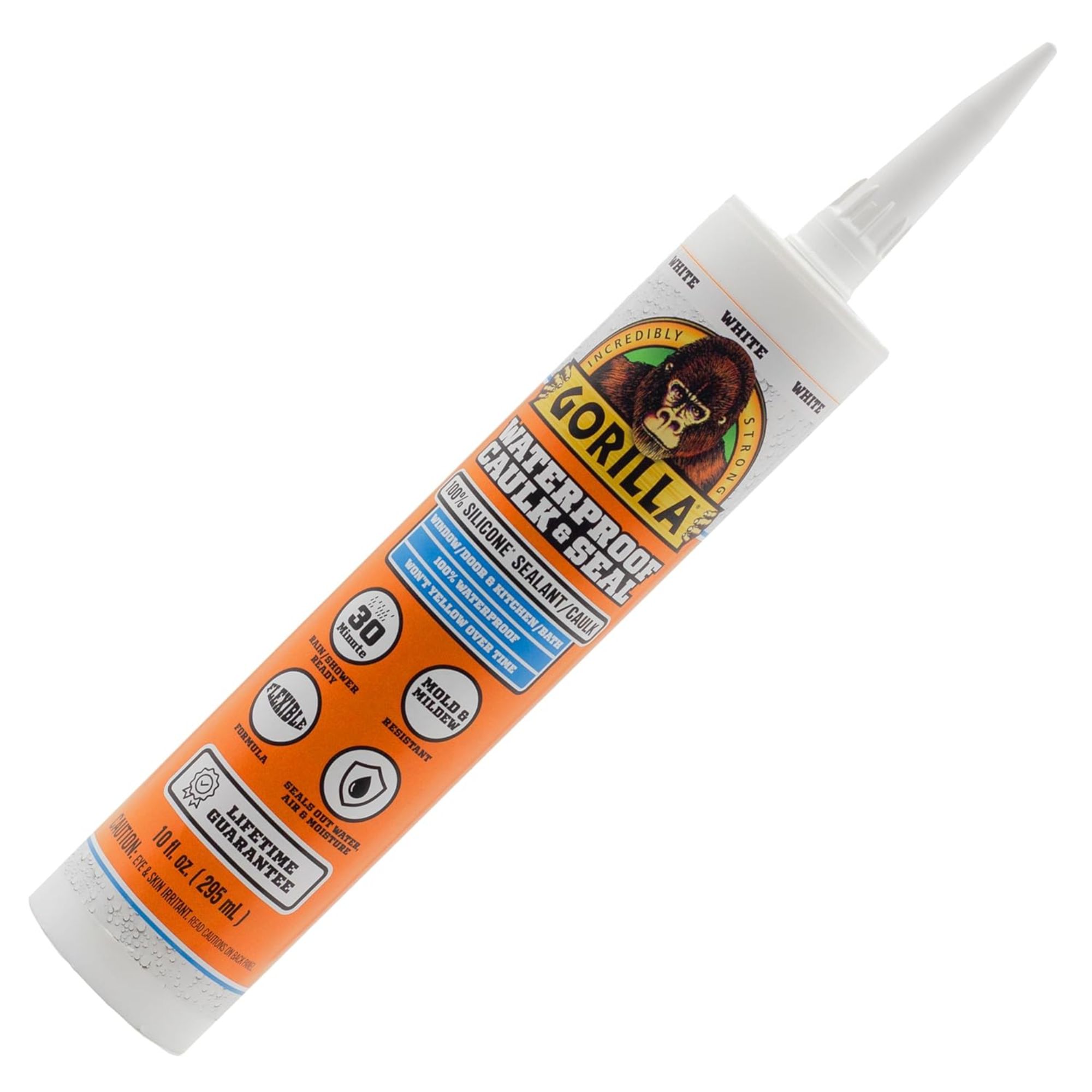
Watertight in just 30 minutes, this caulk seals out water, air, and moisture and is suitable for both indoor and outdoor use.
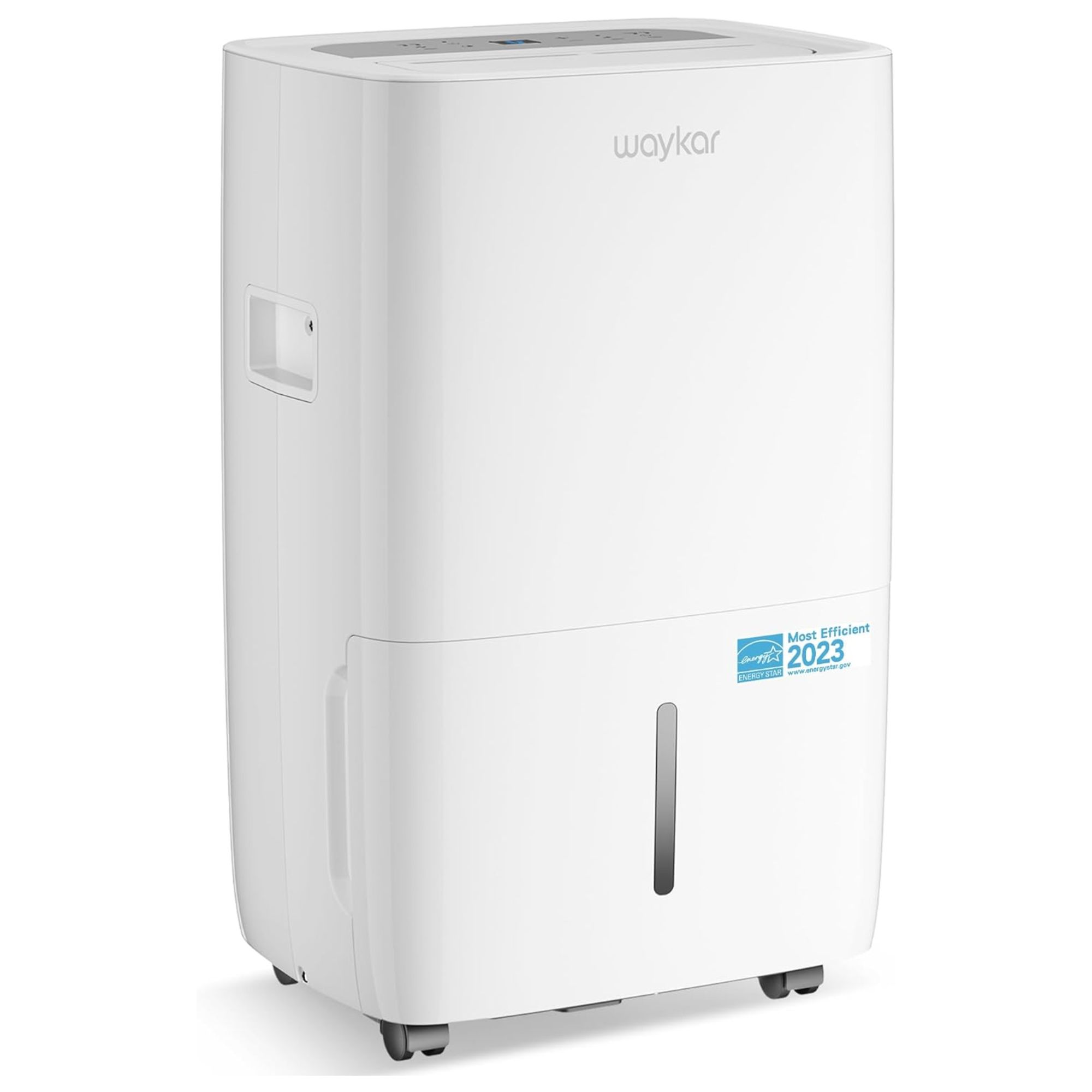
With intelligent touch control, this dehumidifier is lightweight, quiet and portable, with various drainage options.
FAQs
Can rubbing alcohol kill mold?
Yes, rubbing alcohol, or isopropyl alcohol, is effective in killing mold because it dehydrates the mold spores and effectively disrupts their growth and ability to spread. Rubbing alcohol – such as the Equate 70% Isopropyl Alcohol from Walmart – is particularly useful on non-porous surfaces, such as to get mold off shoes or get mold off handbags, where mold tends to thrive in the surface layers.
To use rubbing alcohol to kill mold, mix it in equal parts with water in a spray bottle and generously spritz the moldy areas, making sure to saturate the mold thoroughly. Allow the solution to sit for about 10-15 minutes so it can penetrate and kill the spores. After this, scrub the area with a soft-bristled brush or a clean cloth to remove the visible mold. Finally, rinse the area well with clean water and let it air dry completely in a sunny, well-ventilated spot. If it's a wall you're dealing with, don't add too much water or saturate with your spray as this may conversely encourage mold growth.
Keep in mind that while rubbing alcohol is highly effective on non-porous surfaces, it might not penetrate deeply enough into porous materials and additional treatments may be required. Always test a small, inconspicuous area first to ensure the rubbing alcohol doesn't damage the material.
'As I frequently tell all my clients, recovery ventilation is more important than cleaning,' says Graham. 'You can honestly clean mold all day but if your air isn't moving properly, it'll come right back.'
Next, learn how to check for mold in your house.







